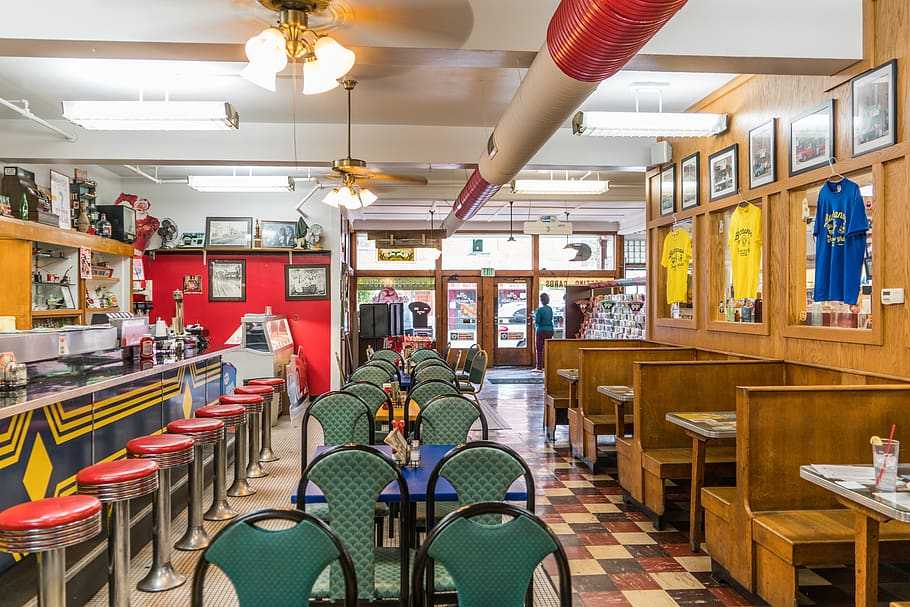MILAN – A study recently published on Nature confirms that restaurants, gyms and cafes can be COVID-19 hotspots. A new model using mobile-phone data to map people’s movements suggests that these venues could account for most COVID-19 infections in US cities. Using anonymized smartphone data, the researchers tracked the movements of 98 million people in 10 U.S. metros from March to May—the first wave of the virus. They superimposed this data on top of COVID-19 case numbers to create a model that simulated coronavirus infections.
Crowded indoor venues, such as restaurants, gyms, and cafes, accounted for the majority of the transmission. Of those, restaurants were by far the riskiest place for Covid-19 infections (4x more dangerous than gyms and coffee shops), said Jure Leskovec, the report’s senior author.
Researcher found that opening restaurants at full capacity led to the largest increase in infections, followed by gyms, cafes and hotels and motels. If Chicago had reopened restaurants on 1 May, there would have been nearly 600,000 additional infections that month, while Opening gyms would have produced 149,000 extra infections. If all venues were open, the model predicts that there would have been 3.3 million additional cases.
But capping occupancy for all venues at 30% would reduce the number of additional infections to 1.1 million, the model estimated. If occupancy was capped at 20%, new infections would be reduced by more than 80% to about 650,000 cases.
“The study highlights how real-time big data on population mobility offers the potential to predict transmission dynamics at unprecedented levels of spatial granularity,” says Neil Ferguson, an epidemiologist at Imperial College London.
Thiemo Fetzer, an economist at the University of Warwick in Coventry, said the modelling study corroborates much of what has been learnt from contact-tracing studies worldwide, which have identified restaurants, gyms, choir practices, nursing homes and other crowded indoor venues as locations of superspreader events, where many people are infected at one time.
Last month, Fetzer published a report showing how a UK government programme called Eat Out to Help Out, in which restaurant meals were subsidized during August, led to a huge surge in restaurant visits and accounted for up to 17% of new COVID-19 infections that month.
However, the report from Nature states that, while U.S. data suggests that crowded restaurants are most dangerous, that conclusion is not supported by contact tracing data from Germany, where restaurants were not found to be the primary source of infection. “That might be because it can be difficult to identify the source of an infection using contact-tracing data.”
The study also suggests why people from poorer neighborhoods are more likely to get COVID-19: they are less able to work from home, and the stores they visit for essential supplies are often more crowded than in other areas. The average grocery store in poorer neighborhoods had 59% more hourly visitors per square foot, and visitors stayed on average 17% longer than at stores outside those areas.
The report’s author says that people living in these areas probably have limited options to visit less crowded stores, and as a result, a shopping trip is twice as risky as it is for someone from a wealthier area.


















